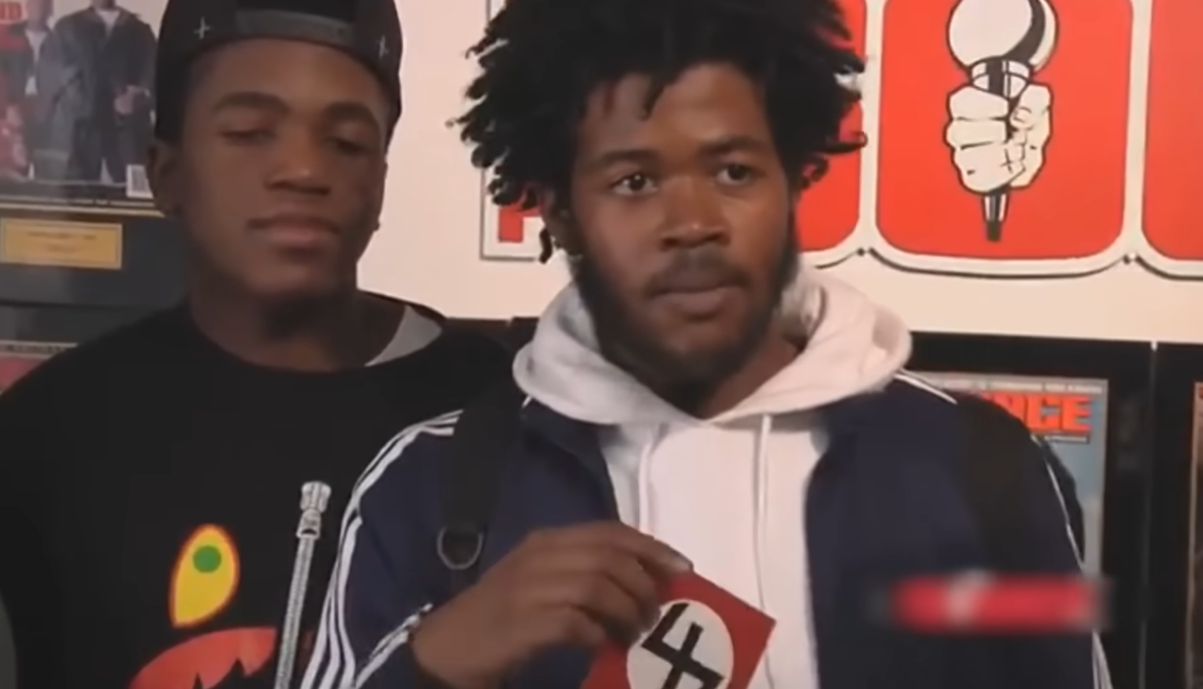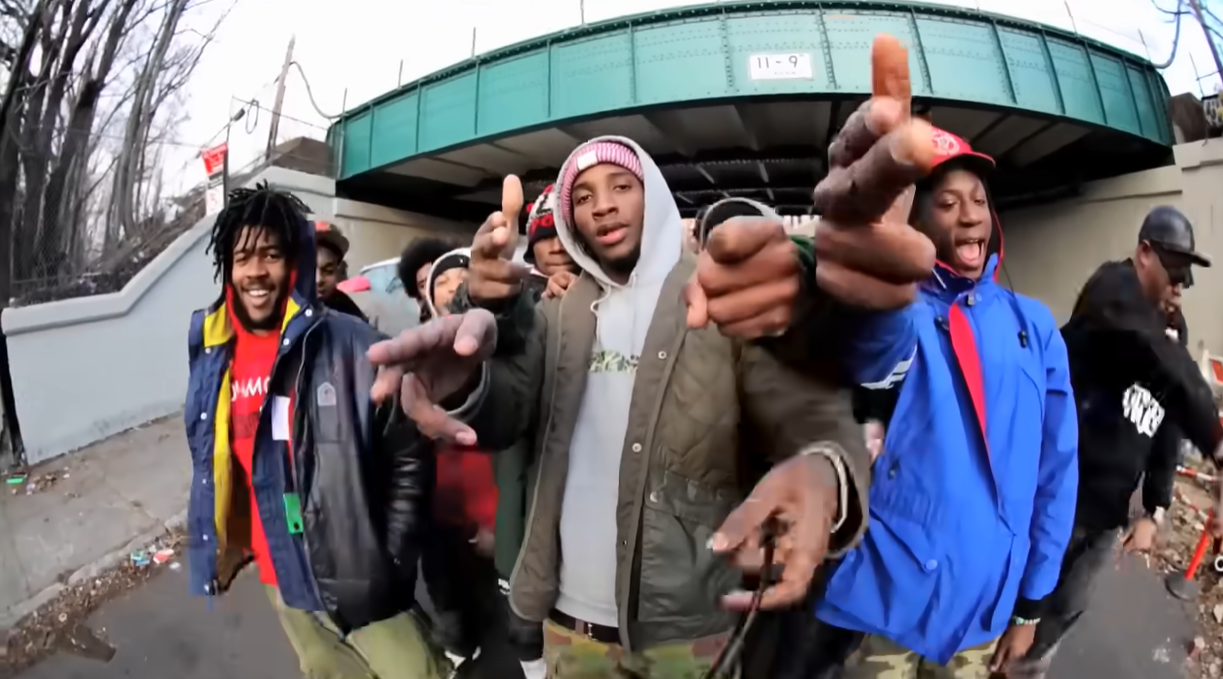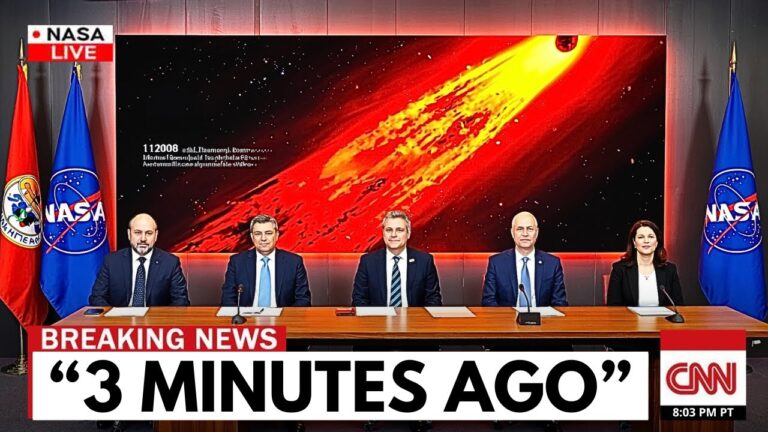In a shocking turn of events, the underground rap scene is reeling from the tragic death of Capital Steez, a gifted young artist and key figure on the rise. With his untimely passing on December 23, 2012, speculation and rumors swirl around the circumstances of his death, leading to a labyrinth of conflicting narratives that have left fans, friends, and family reeling. Was this a tragic suicide spurred by his escalating struggles with mental health, or was there something far more sinister – a betrayal from those closest to him?
 The powerful narrative arc of Capital Steez begins in Brooklyn, where a young boy immersed in rap culture sought to uplift the East Coast after the West Coast dominated the scene. Born in an atmosphere charged with hip-hop, Steez was inspired by legends such as Nas and Biggie from an early age, venturing into the world of music amidst personal trauma. The loss of his father at the tender age of three plunged him deeper into his craft, propelling him into establishing his first rap crew while still in elementary school. Despite a thickset physique in his youth, Steez dedicated himself to reshaping his body and persona, adopting a rapper’s image and dedicating his life to music creation in the electrifying New York underground scene.
The powerful narrative arc of Capital Steez begins in Brooklyn, where a young boy immersed in rap culture sought to uplift the East Coast after the West Coast dominated the scene. Born in an atmosphere charged with hip-hop, Steez was inspired by legends such as Nas and Biggie from an early age, venturing into the world of music amidst personal trauma. The loss of his father at the tender age of three plunged him deeper into his craft, propelling him into establishing his first rap crew while still in elementary school. Despite a thickset physique in his youth, Steez dedicated himself to reshaping his body and persona, adopting a rapper’s image and dedicating his life to music creation in the electrifying New York underground scene.
While Capital Steez’s talent and ambition were undeniable, his unraveling began during high school, particularly after he met Powers Pleasant and subsequently formed the Pro Era collective with his peers, including Joey Badass. The group, driven by a mission to put New York back on the map, quickly ascended within the hip-hop fraternity, most notably through the successful track “Survival Tactics.” This track not only garnered significant buzz but also ignited a fierce lyrical beef between Steez and eccentric rapper Lil B, showcasing the bold and confrontational spirit that defined Steez’s artistic approach.

However, external acclaim masks a darker undercurrent; behind the scenes, internal conflicts and pressures began to mount. As Pro Era gained traction, Joey Badass emerged as the breakout star, garnering attention from major labels that overshadowed his colleagues. This shift destabilized Steez, whose increasing fixation on conspiracy theories and mysticism — particularly surrounding the infamous Mayan calendar prediction of the world’s end in December 2012 — left him feeling alienated and desperate. The rapid success of Joey compared to his own struggles exacerbated Steez’s mental health issues, leading him to express his discontent through music and private conversations.
Days before his tragic death, Steez displayed erratic behavior, arriving drunk at his last performance and lashing out at his industry frustration. Friends began to notice alarming changes; he confided suicidal thoughts, expressing a desire to leap from the rooftop of the Cinematic Music Group building. Yet, in a gut-wrenching twist of fate, his friends failed to grasp the gravity of his despair, leaving him alone when he needed them most.

In the somber aftermath of his disappearance, panic ensued amongst his Pro Era comrades, who quickly mobilized to locate him. Spurred by worries, they contacted a self-harm hotline only to discover that Steez had already succumbed to his mental turmoil. Later reports confirmed that he peaked onto the rooftop, sent agonizing text messages to friends, professing his love before taking the fateful leap.
Capital Steez’s death raised uncomfortable questions about the music industry’s accountability towards artists battling mental health challenges. The lack of immediate media coverage following his death further stoked conspiracy theories, with fans contending that the broader industry machinery had failed him — a sentiment echoed by many in the years since. Joey Badass later confirmed the devastating reality of suicide, yet the community remained plagued by unanswered queries and rampant speculation.
As conspiracy theories continue to proliferate, mounting tensions between Steez’s family and his friends culminate into a saga intricately woven into the fabric of hip-hop culture. Speculations about financial motivations and betrayals seep into the narrative, reigniting old beefs and questions concerning loyalty within the Pro Era clique. Was there animosity between Steez and Joey that contributed to the artist’s distress, or was it simply a tragic tale of mental illness exacerbated by the pressures of fame?

In a world where mental health has finally begun to receive recognition, the struggle that enveloped Capital Steez serves as a cautionary tale about the high stakes of the music industry. With legions of fans mourning his loss, the artist’s untapped potential continues to haunt a community that glimpsed what could have been—a new voice heralding the renaissance of East Coast rap lost forever.
The tragic saga of Capital Steez reflects broader systemic issues that persist within the music industry—a relentless cycle that ultimately may deprive the world of talent that transcends generations. His spirit resonates through those who knew him, ensuring that silent struggles and mental health conversations remain part of the legacy he left behind. Fans and contemporaries continue to grapple with Steez’s haunting lyrics, each line echoing the artist’s inner turmoil and brilliance, a testament to a life cut far too short.

As his story continues to unfold, we must confront these urgent calls for awareness and acknowledgment of the mental health battles faced by artists in spotlight. The tragedy of Capital Steez is both a reminder and a reckoning for a music scene that must tackle these issues head-on—because no one should have to suffer in silence.





